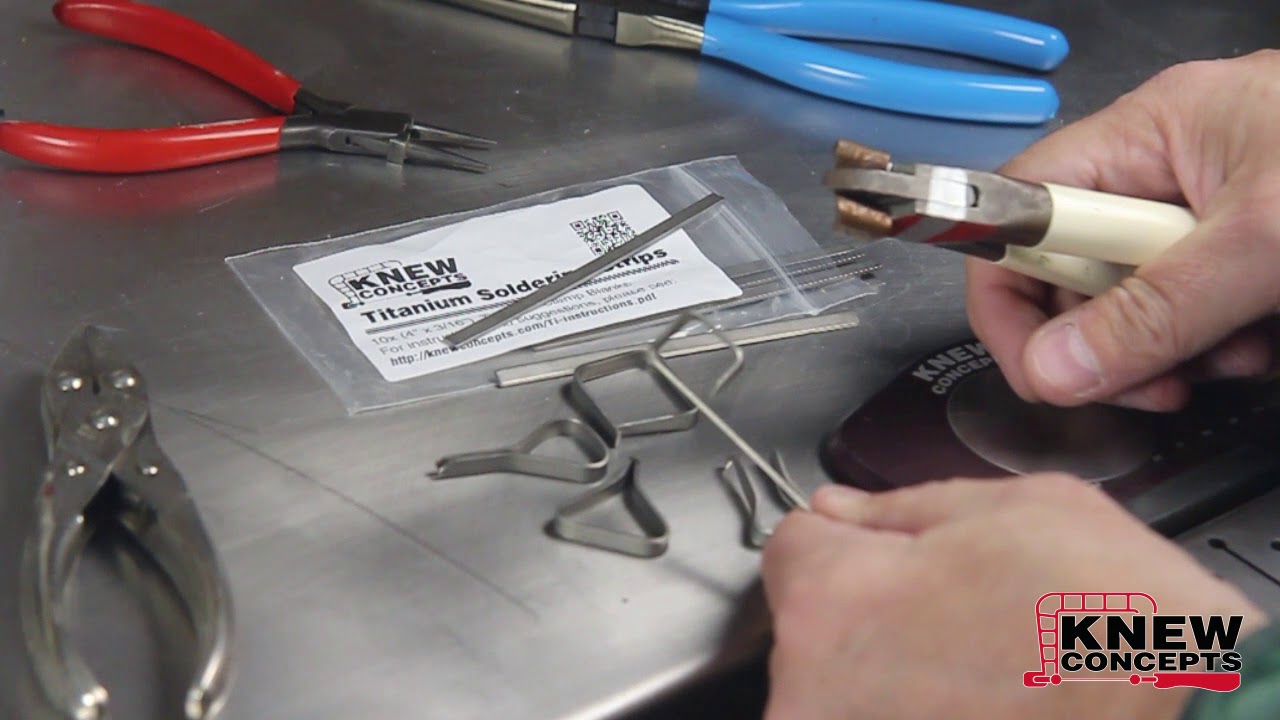Soldering a small item to aalarger item requires a good heating
technique. Solder flows toward heat so I assume your solder is
jumping either to the jump ring or the piece. If that is the case you
need to heat in such a manner as to bring the temperature up of both
pieces at the area of the join evenly. If you hold the flame just at
the join the jump ring will tend to heat much faster than the larger
piece and the solder will flow toward the ring.
File a flat on the jump ring so you have sufficient contact area,
this will help the heat transfer. Play the heat softly over the
larger piece and watch the flux at the join. You’ll see it change
from liquid to solid and then liquid again. It’ll get shiny as it
nears optimum temperature. Now direct the flame a lil more towards
the JR and bring that temp up.
Two basic ways to apply the solder. You can 1) place a fluxed ball
of solder to the join and then heat, or you can 2) apply with a
solder pick when the temp is good.
Advantage of 1) is that the solder will give you clues as to the
temperature environment. It might rock one way or the other, again,
toward the higher heat if you haven’t overfluxed. Disadvantage is it
can prematurely jump to the hotter piece. This might be a good
exercise to get you accustomed to balanced heating. Melt your solder
ball, dip in flux with very fine point tweezers and apply to cold
join. If you use fat tweezers the area at the tip can act as a quill
and more flux s applied. Once positioned, heat very gently until the
flux has solidified. Too much flux and when you heat it the bubbling
action can shift the position of the solder
Advantage of 2) is you can use more flux or firecoat if the
situation calls for it. Disadavntage is the solder may frustratingly
jump if your temps aren’t right. The pick can act as a heatsink which
makes you tend to overheat. Heat the pick too much and the solder may
flow up the pick.
Another thing you can try… file a flat on the JR. Then flow a
small amount of solder right over the flat. File a little again, but
this time not as much. What you are striving for here is a flat made
of solder. This way you cannot over solder and its in perfect
position and heat balance is not such a critical issue. Very often a
JR with a flat can be more aestetically pleasing than a full JR, its
just a bit more refined, but it depends on the character of the
piece.
Something that can happen occasionally… Depending on the relative
weights involved, if you solder on a flat surface, when the solder
flows the light JR can flip over to the pendant and stick in a
totally wrong alignment. In that case you need to secure the JR in
some fashion, use tweezers or, a flat head pin sunk into a charcoal
block, capturing the JR opposite the join.
Gee, that turned out to be a two coffee post.
